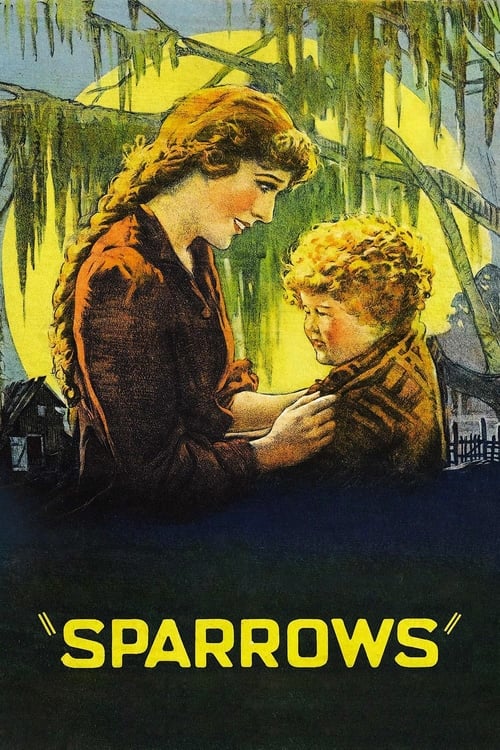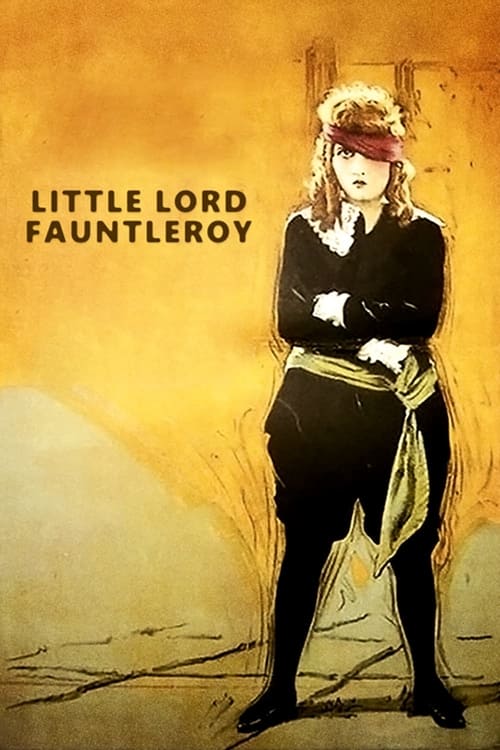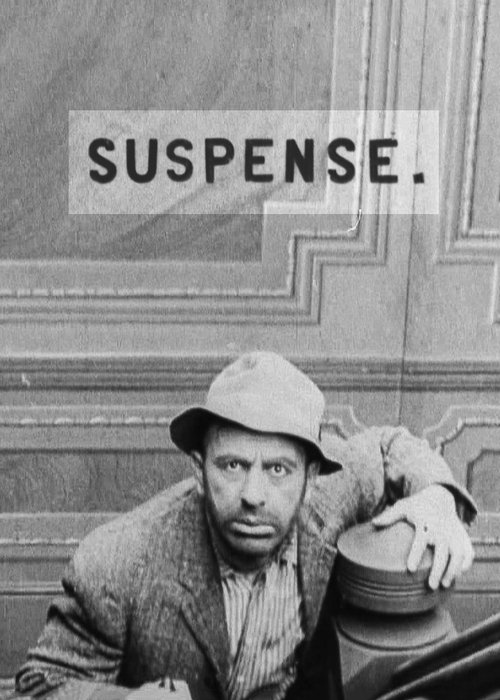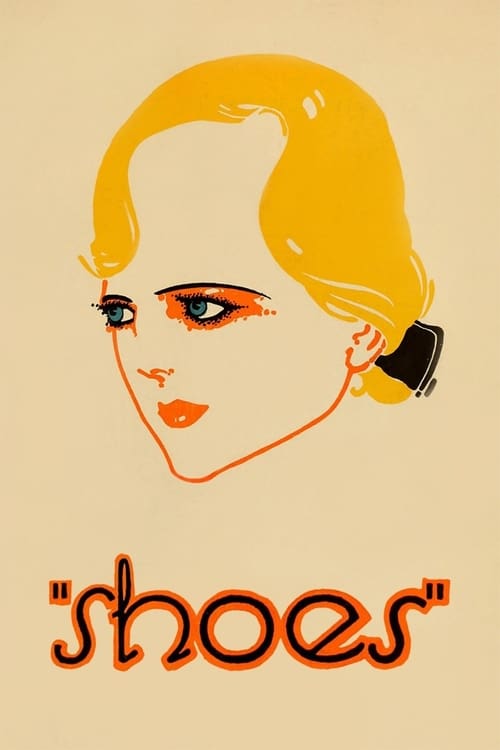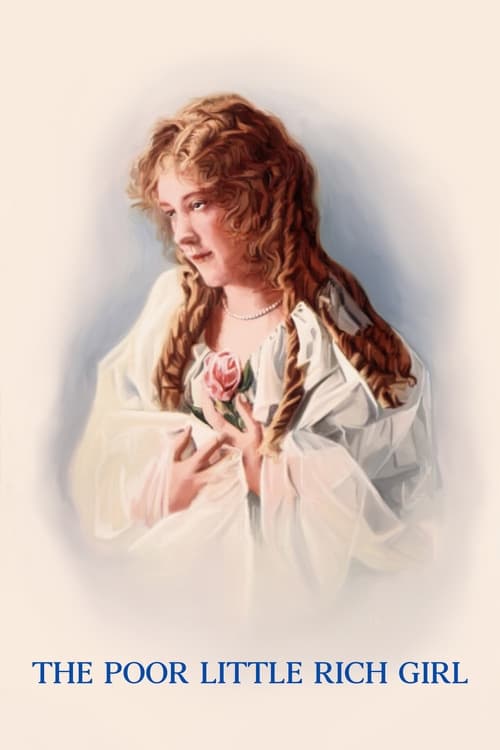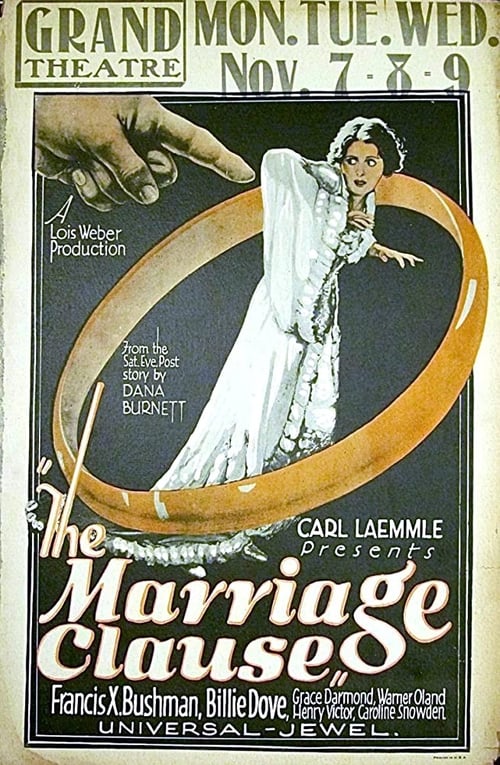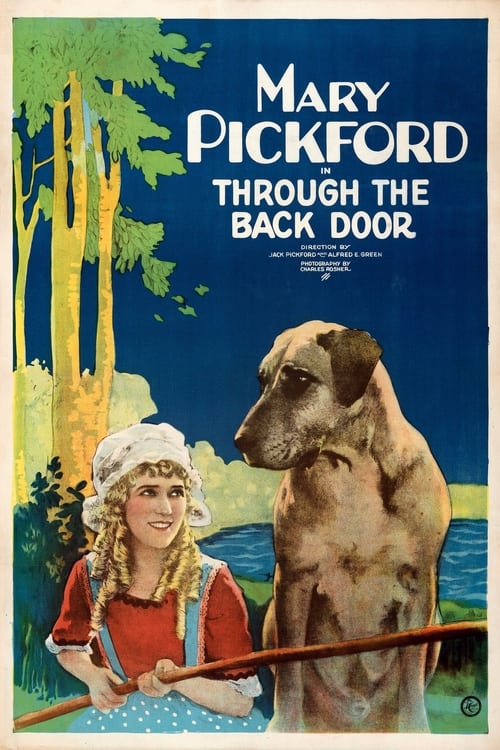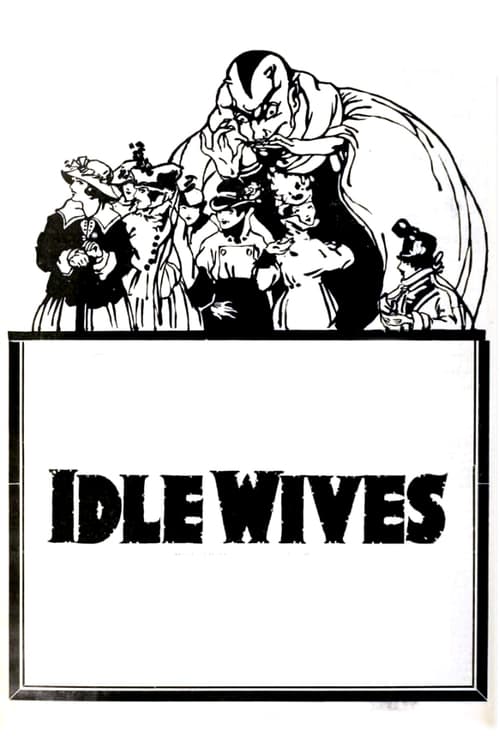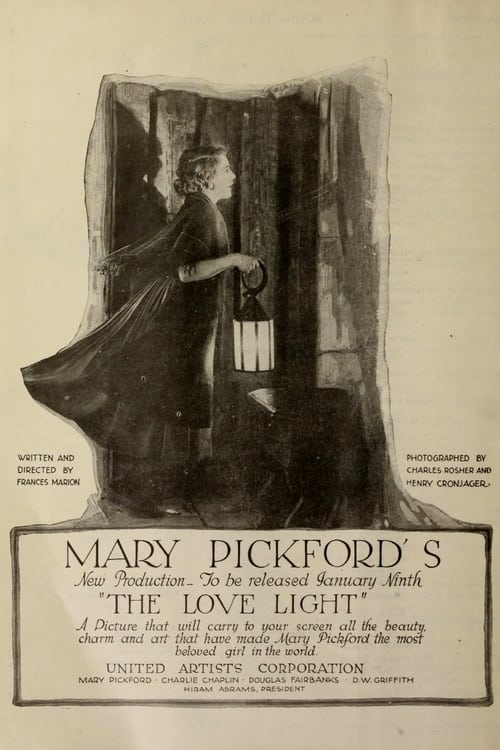Silent Era Pioneers: Weber & Pickford
Early women behind the camera
In the nascent days of cinema, Lois Weber and Mary Pickford emerged as revolutionary forces, breaking gender barriers and establishing foundational filmmaking techniques that would influence generations to come.
Lois Weber, often overlooked in film history, was arguably Hollywood's first genuine female auteur. Beginning her career in 1908, Weber became Universal Studios' highest-paid director by 1916, pioneering split-screen techniques and innovative camera movements. Her 1916 masterpiece "The Blot" demonstrated sophisticated narrative structure uncommon for its era, while tackling social issues like poverty and class inequality. Weber's technical innovations included using real locations instead of sets and implementing naturalistic acting styles that predated Method acting by decades.
Featured Films

The Blot
(1921)
Weber's masterpiece examining class struggle and education through the story of a poor professor's family
Streaming on Criterion Channel
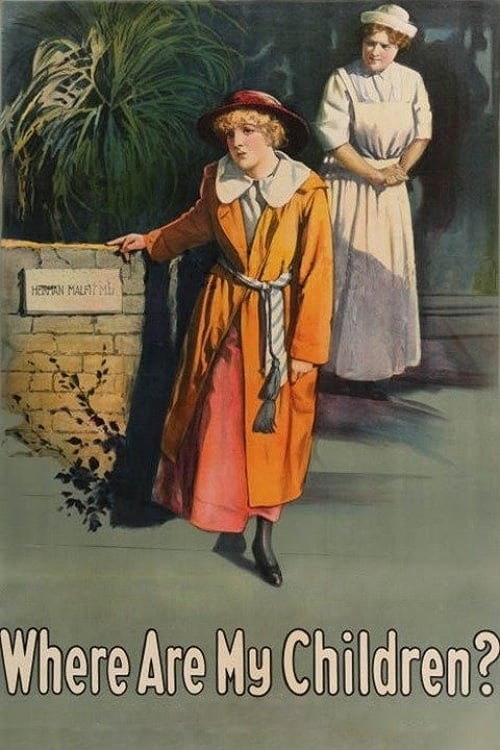
Where Are My Children?
(1916)
Controversial film addressing birth control and abortion, featuring groundbreaking special effects
Streaming on Not Currently Streaming
While primarily remembered as an actress, Mary Pickford was a shrewd businesswoman and pioneering producer who co-founded United Artists in 1919. Her understanding of both sides of the camera influenced her production decisions, leading to technical innovations in lighting and camera placement. Through her production company, she maintained unprecedented creative control over her films, often uncredited but actively involved in directing decisions. Her 1926 film "Sparrows" showcased her behind-the-scenes influence, incorporating revolutionary tracking shots and atmospheric lighting techniques that would influence horror cinema.
Weber's contributions to visual storytelling were revolutionary for their time. In "Suspense" (1913), she utilized a three-way split screen decades before it became common practice, while her use of close-ups to convey psychological intensity predated D.W. Griffith's similar techniques. Weber's 1914 film "Hypocrites" employed double exposure and complex allegorical imagery, pushing the boundaries of what was technically possible in early cinema. Her attention to composition and lighting created a distinctive visual style that influenced the development of the classical Hollywood system.
Both Weber and Pickford used their positions to address contemporary social issues. Weber's "Shoes" (1916) examined working women's struggles through sophisticated visual metaphors and realistic portrayal of poverty. Her films consistently tackled controversial subjects including birth control, capital punishment, and drug addiction. Meanwhile, Pickford's productions often subverted traditional gender roles, with her characters displaying agency and independence unusual for the era. Her 1917 production "Poor Little Rich Girl" challenged class assumptions while incorporating progressive messages about female empowerment.
The impact of Weber and Pickford's innovations extends well beyond the silent era. Weber's use of realistic locations and natural lighting influenced Italian Neorealism, while her social commentary paved the way for future issue-driven filmmaking. Pickford's business acumen in founding United Artists created a model for independent production that continues to influence modern cinema. Their combined emphasis on visual storytelling techniques, from Weber's split-screens to Pickford's atmospheric lighting, established conventions still used in contemporary filmmaking.
